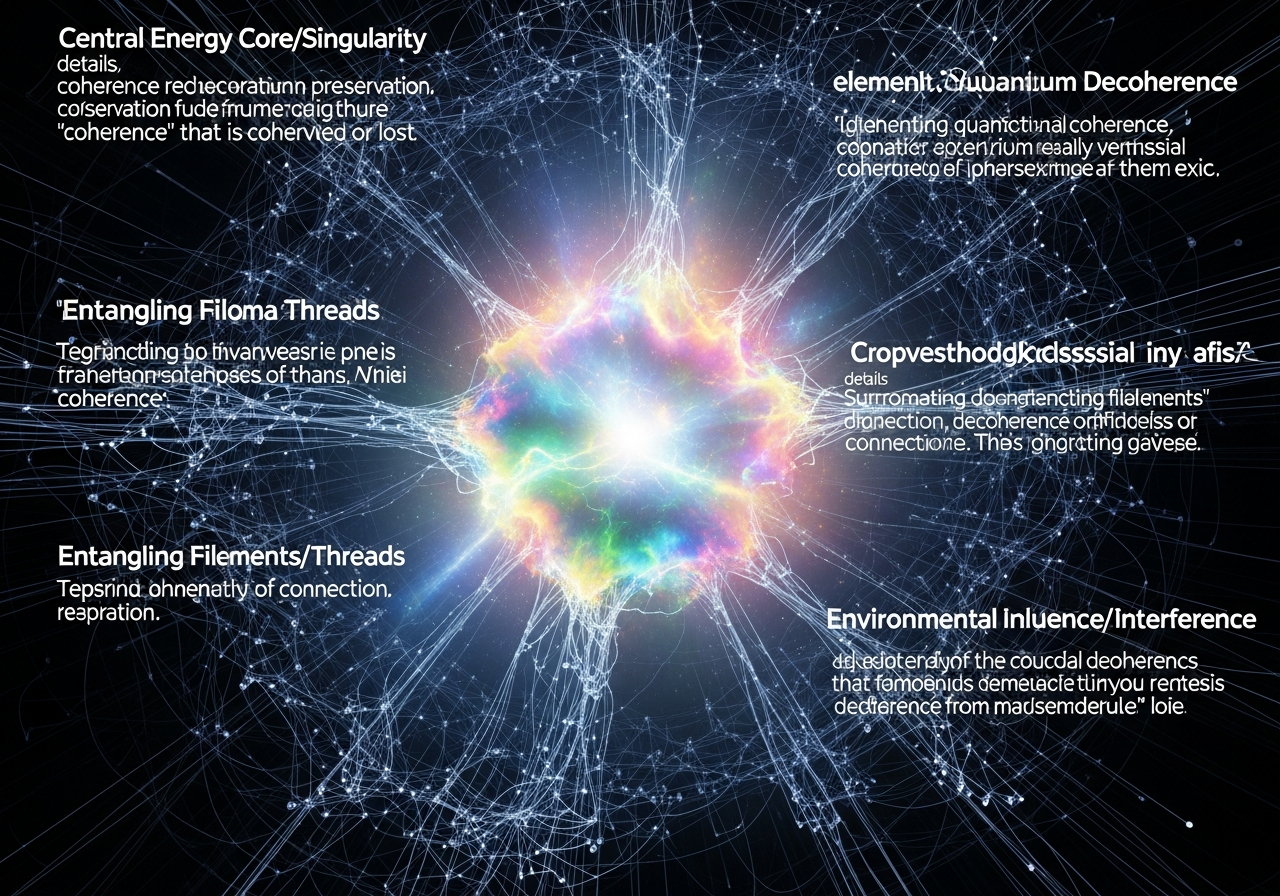Entering the realm of the Josephson Junction offers a glimpse into a world where electricity flows without resistance, revealing a fascinating intersection between physics and technology. This component is transforming how we understand and apply quantum mechanics, thanks to the phenomenon of quantum tunneling. By exploiting superconductivity, the Josephson Junction enables currents to pass unhindered when cooled to specific temperatures, marking a significant shift in computation.
The junction distinguishes itself by connecting the classical and quantum domains, acting as a conduit for Cooper pairs—electron pairs that traverse this superconductive landscape with ease. These pairs defy conventional understanding, making computations with qubits—quantum bits that exist in multiple states—feasible. This ability brings about a new level of computational power and complexity, previously unimaginable with traditional systems.
Potential applications extend across various fields, from ultra-fast quantum processors that tackle complex problems to sensors with unrivaled precision. These advancements ignite new possibilities, although they do come with hurdles. Maintaining the low temperatures required for superconductivity and achieving stable qubit designs demand innovative solutions and significant resources.
While challenges lie ahead, the Josephson Junction is already a key player in the quantum revolution. It’s a testament to human ingenuity, promising not only technological breakthroughs but also greater insights into our universe. Each step into this quantum frontier expands our understanding of what’s possible, inviting us to explore both the intricacies of technology and the broader questions of existence. As we embrace the future shaped by this remarkable device, we stand on the brink of unprecedented discovery and innovation.




